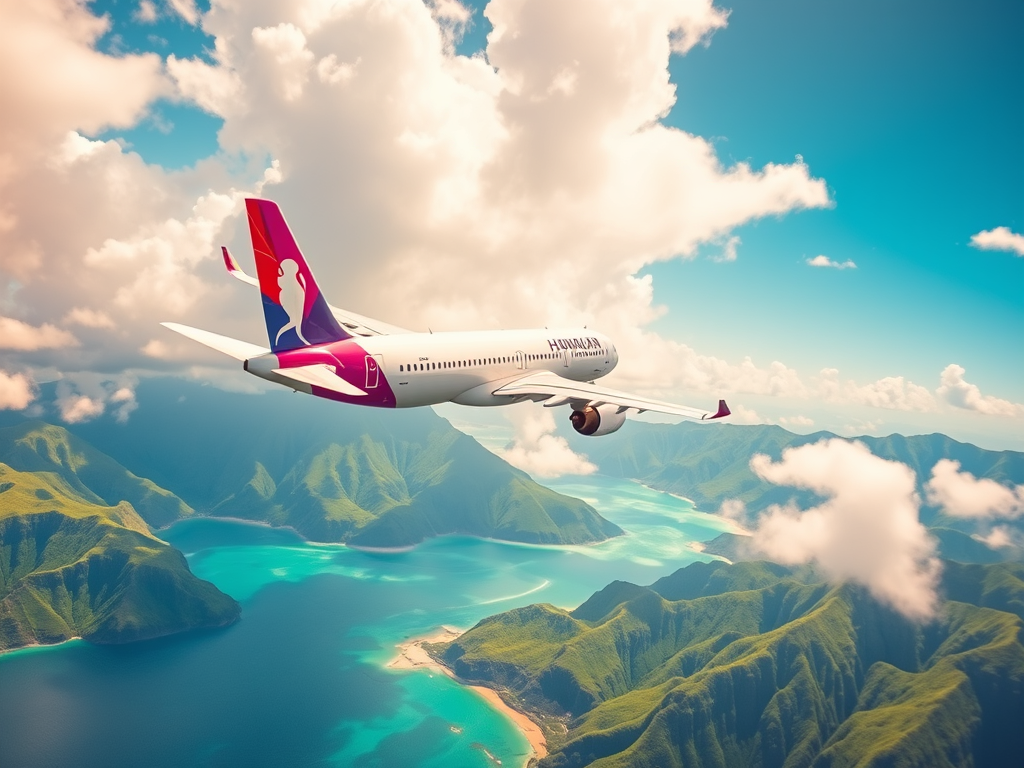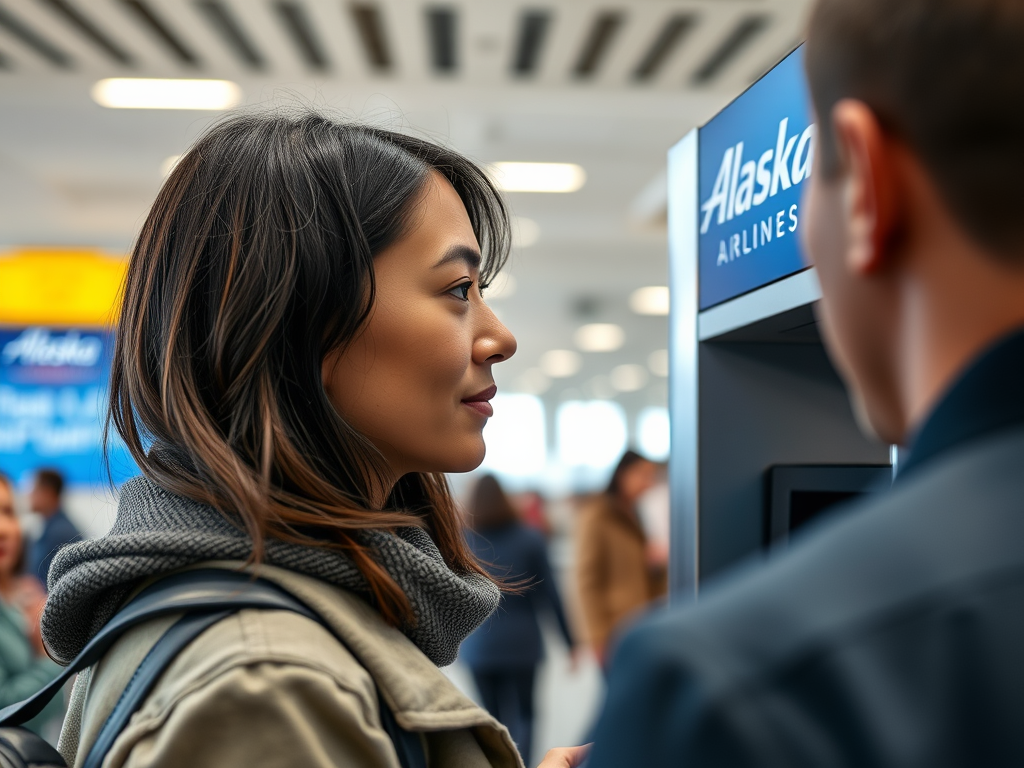Airline partnerships are a cornerstone of modern air travel, extending a carrier’s reach, providing more options for passengers, and enhancing loyalty program benefits. Hawaiian Airlines has historically maintained a network of codeshare and interline partners, and its loyalty program, HawaiianMiles, has allowed for earning and redeeming miles with select airlines. However, this landscape is currently undergoing a significant transformation, primarily driven by the acquisition of Hawaiian Airlines by Alaska Air Group and Hawaiian’s forthcoming entry into the Oneworld alliance.3 Understanding these evolving relationships is crucial for travelers looking to maximize their benefits when flying with Hawaiian or its associated carriers.
The Current State of Partnerships: A Period of Transition
Hawaiian Airlines has engaged in various types of partnerships:
- Codeshare Agreements: These allow Hawaiian Airlines to market and sell tickets for flights operated by partner airlines under an “HA” flight number (or vice-versa). Historically, codeshare partners have included airlines like JetBlue, Japan Airlines (JAL), Korean Air, and Virgin Australia.3 These agreements facilitate smoother connections and often allow for through-baggage checking.
- Interline Agreements: Broader than codeshares, interline agreements allow airlines to issue tickets that include travel on one another and handle baggage transfers. Hawaiian Airlines has interline agreements with a number of carriers.84
- Loyalty Program Partnerships: The HawaiianMiles program has allowed members to earn and redeem miles on select partner airlines. This has been a key feature for extending the value of HawaiianMiles beyond Hawaiian’s own network.3
The Impact of the Alaska Airlines Acquisition:
The acquisition by Alaska Air Group, finalized in September 2024 33, is the primary catalyst for the current shifts in Hawaiian’s partnerships. Alaska Airlines is already a member of the Oneworld alliance, and Hawaiian Airlines is set to officially join Oneworld by 2026.33 This integration is leading to a realignment of existing partnerships and the forging of new ones.
Key Current Benefits Stemming from the Alaska Partnership:
- Reciprocal Mileage Earning and Redemption: Members of HawaiianMiles and Alaska’s Mileage Plan can now earn miles in their respective programs when flying on either airline. Mileage Plan miles can be redeemed on Hawaiian Airlines-operated flights, and HawaiianMiles can be transferred to Mileage Plan at a 1:1 ratio for redemptions on Alaska or its extensive network of partners.4
- Status Matching: Elite members of both programs can link their accounts and receive a matched status level in the partner program, providing reciprocal elite benefits when flying either carrier.4
- Oneworld Benefits (via Alaska Mileage Plan): HawaiianMiles elite members who match their status to Alaska’s Mileage Plan can enjoy Oneworld alliance benefits (like lounge access and priority services) when flying on other Oneworld member airlines by using their Mileage Plan number.87 These Oneworld benefits will extend to Hawaiian Airlines-operated flights once Hawaiian officially joins the alliance.87
Upcoming Changes: End of Several Key Partnerships
A critical development for travelers is the termination of several long-standing Hawaiian Airlines partnerships, effective June 30, 2025. After this date, HawaiianMiles members will no longer be able to redeem their miles for award flights with the following airlines (though bookings made by this date for travel through February 28, 2026, will be honored):
- JetBlue
- Japan Airlines (JAL)
- Virgin Atlantic
- Virgin Australia
- Korean Air
- China Airlines 8
This represents a significant shift, as redemptions on carriers like Virgin Atlantic (for its highly regarded Upper Class to the U.K.) and Japan Airlines (for Business Class to Japan with stopovers) were considered valuable sweet spots in the HawaiianMiles program.6
The rationale behind these terminations is the streamlining of partnerships as Hawaiian integrates with Alaska and aligns with the Oneworld alliance. Some of the departing partners, like Japan Airlines and Korean Air, are already partners with Alaska Airlines’ Mileage Plan, meaning members will likely still be able to access awards on these carriers through Mileage Plan once the loyalty programs are more fully combined or by transferring HawaiianMiles to Mileage Plan.8 However, other airlines like Virgin Atlantic, Virgin Australia, and JetBlue do not currently partner with Alaska, and their future relationship with the combined entity is uncertain.8
Many non-airline partnerships for mileage redemption (e.g., with Foodland, Hele, Boyd Rewards) are also ending on June 30, 2025.8
The Oneworld Alliance: The Future of Hawaiian’s Global Connectivity
The most significant long-term change to Hawaiian Airlines’ partnership strategy is its upcoming membership in the Oneworld alliance, facilitated by the Alaska Airlines merger. Hawaiian is expected to become a full Oneworld member by 2026.33
Benefits of Oneworld Membership for Hawaiian Airlines Passengers:
- Expanded Route Network: Access to the vast global network of Oneworld member airlines, which includes carriers like American Airlines, British Airways, Qantas, Cathay Pacific, Japan Airlines, Qatar Airways, Finnair, and Iberia. This will provide seamless travel to over 1,200 destinations worldwide.4
- Reciprocal Loyalty Benefits:
- Earn and Redeem Miles: HawaiianMiles (or the future combined loyalty program) members will be able to earn and redeem miles across all Oneworld member airlines.33
- Elite Status Recognition: Pualani elite members (or their equivalent in the future combined program) will receive tiered Oneworld status (Ruby, Sapphire, Emerald), granting them benefits like priority check-in, security, and boarding, preferred seating, extra baggage allowance, and lounge access when flying any Oneworld carrier.33
- Lounge Access: Oneworld Sapphire and Emerald members have access to hundreds of airport lounges worldwide when flying on Oneworld itineraries.33
The integration into Oneworld will substantially increase the global reach and benefits available to Hawaiian Airlines’ frequent flyers, replacing some of the direct partnerships that are ending with a broader, alliance-based network.
New and Continuing Codeshare/Interline Relationships
Even as some partnerships conclude, new ones are forming. Notably, Hawaiian Airlines has established a new reciprocal codeshare agreement with Qantas, effective May 7, 2025.9 This partnership will cover a wide range of routes across Australia and on non-competitive Hawaii-to-mainland U.S. flights, effectively replacing the previous codeshare with Virgin Australia.
Interline agreements, which allow for the issuance of single tickets covering multiple airlines and baggage transfers, will continue to be important. Hawaiian Airlines’ Domestic Contract of Carriage outlines its responsibilities and those of interline partners, emphasizing that while Hawaiian may issue tickets involving other carriers, its liability is generally limited to flights it operates itself. The operating carrier’s rules typically govern aspects of the travel experience on their flights.84 When traveling on a codeshare flight, the operating carrier’s policies for check-in, baggage, and onboard service usually apply.84
Regarding baggage on interline journeys involving Hawaiian and Alaska, the policy generally dictates that the airline operating your flight will apply its baggage fees. For international codeshare itineraries involving two carriers, the baggage fees of the airline covering the longest segment of the journey typically apply.42 Passengers should always check in with the operating carrier of their first flight segment.42
What This Means for Travelers
- Short-Term Action: If you have HawaiianMiles and wish to redeem them on partners like Virgin Atlantic, Japan Airlines (under current HA terms), Korean Air, JetBlue, Virgin Australia, or China Airlines, you must book your award travel by June 30, 2025, for flights through February 28, 2026.
- Leverage Alaska Airlines Benefits: Link your HawaiianMiles and Alaska Mileage Plan accounts to take advantage of status matching and the 1:1 mile transfer. This provides immediate access to Alaska’s network and Oneworld benefits when flying Alaska or other Oneworld partners.
- Look to Oneworld: The future of Hawaiian’s global connectivity lies with the Oneworld alliance. This will open up many new destinations and loyalty perks once integration is complete.
- Stay Informed: The transition period leading up to full Oneworld membership and the launch of a combined loyalty program with Alaska Airlines (expected mid-2025 for more details 4) will likely bring further announcements. Passengers should monitor communications from both airlines.
- Verify Specifics: For any travel involving partner airlines, especially codeshares, it’s always wise to verify which airline’s rules apply for baggage, check-in, and onboard services.
Conclusion: A New Era of Connectivity
Hawaiian Airlines’ partnerships are in a dynamic phase of evolution. While the end of some long-standing direct relationships may cause short-term concern for some HawaiianMiles members who valued specific redemption opportunities, the overarching strategy is one of integration into a larger, more globally connected framework through Alaska Airlines and the Oneworld alliance. This transition promises a broader network, more extensive loyalty benefits, and enhanced travel experiences for Hawaiian Airlines passengers in the long run. Navigating this period requires awareness of the changes, proactive planning for mileage redemptions, and an eye towards the expanded opportunities that Oneworld membership will bring.









